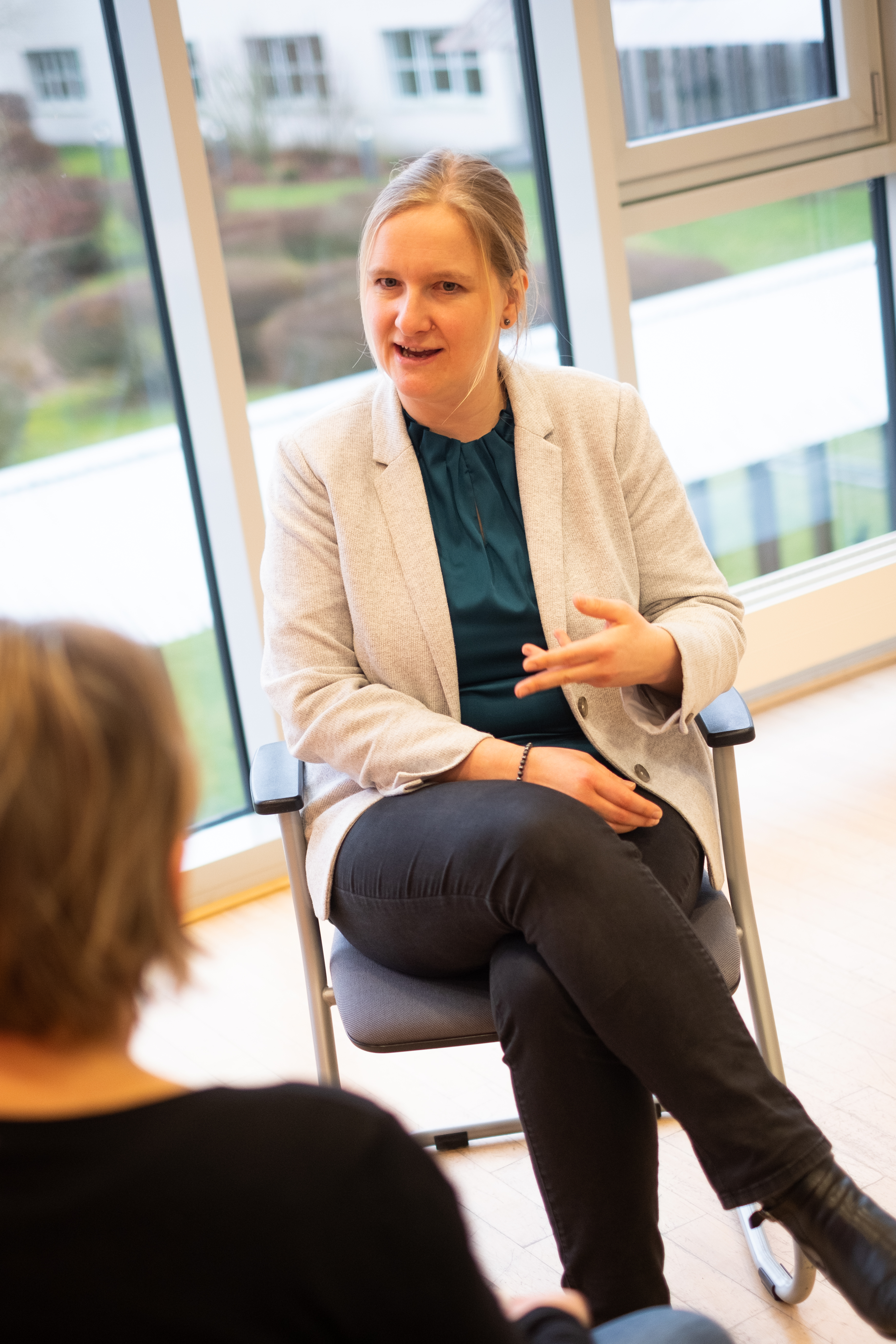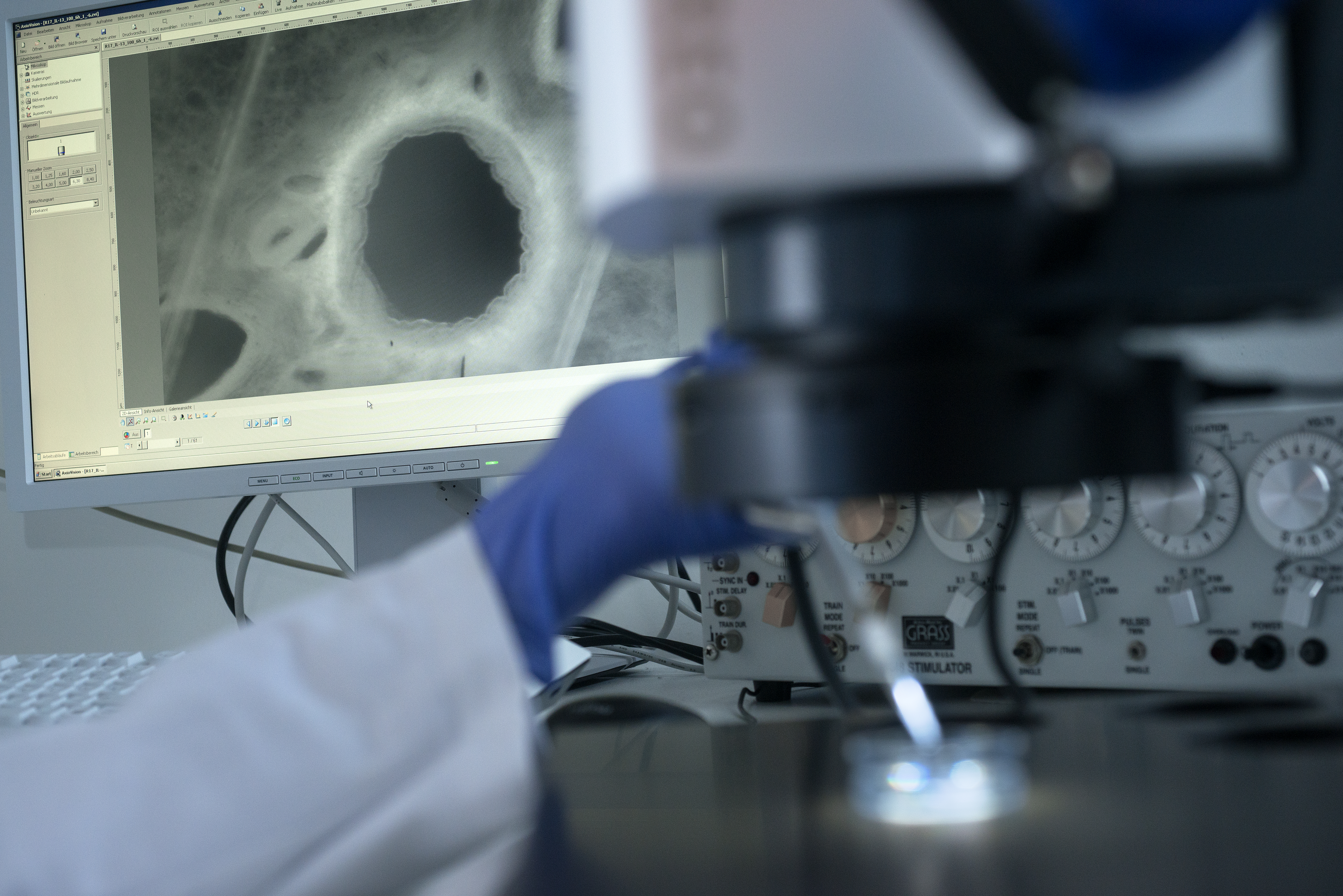In which direction is infection research going?
For example, new active substances are being developed from insects. They have an antibacterial effect but are less prone to induce development of bacterial resistance. These substances thus have great potential as new antibiotics. In the projects Triple-IN and 4-IN, both funded by the German Federal Ministry of Education and Research, we are testing such insect-based anti-infective agents developed by Fraunhofer IME.
Interestingly, yet another, totally different trend is becoming apparent, namely a revival of the interest in research on traditional plant extracts. First of all, these are better accepted by patients, especially for treating mild colds, which affect millions of people every year and cause considerable economic damage. And secondly, such complex herbal medicines can, indeed, be more effective, as their various components act in a multifactorial manner, making it almost impossible for pathogens to develop resistance. We are observing a growing interest of companies to scientifically investigate the observed effects of complex medicines and to elucidate their mechanisms of action.
Another resurgent trend is research on phages, which is becoming more and more interesting due to the growing antibiotics crisis. Phages are viruses that specifically infect and kill bacteria. In eastern Europe in particular, phages have been successfully used as an alternative or complementary treatment to traditional antibiotic therapy. In the European Union, however, they have not yet been approved as drugs. This is due, among other reasons, to missing quality standards for bacteriophage production, a sine qua non for drug approval by the authorities. Furthermore, systematic clinical trials first have to be performed to demonstrate the safety, tolerability, and efficacy of treatment with phages. Our colleagues in the institute’s Braunschweig-based Division of Pharmaceutical Biotechnology initiated the much-noticed project Phage4Cure, aimed at establishing bacteriophages as an approved drug for treating bacterial infections. To this end, they have teamed up with Leibniz Institute DSMZ-German Collection of Microorganisms and Cell Cultures GmbH, Charité – Universitätsmedizin Berlin, and Charité Research Organisation GmbH. The inhalation toxicological tests will be performed here in Hannover. We are developing the necessary nebulizing system for this and will perform the tests for persistence of phage activity.
 Fraunhofer Institute for Toxicology and Experimental Medicine
Fraunhofer Institute for Toxicology and Experimental Medicine


